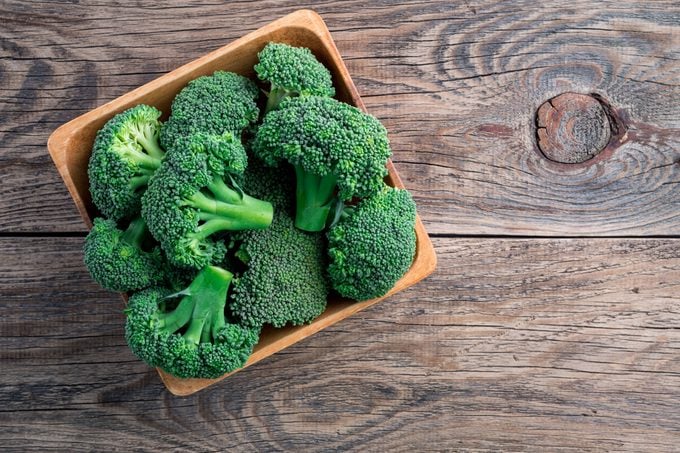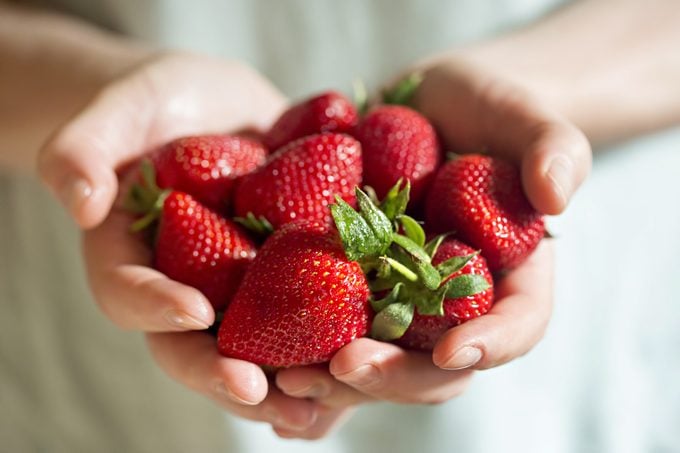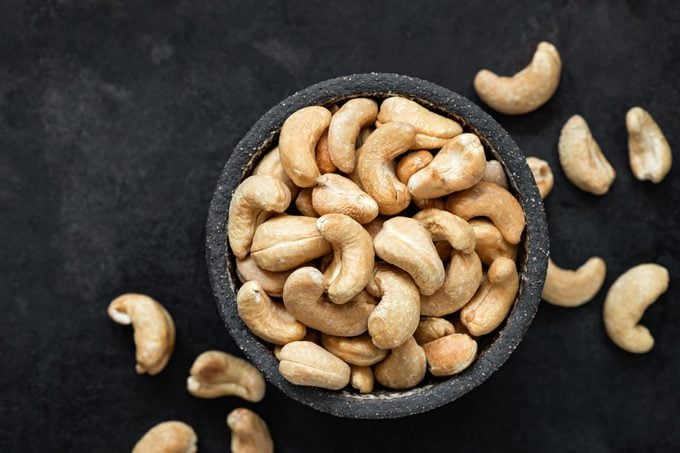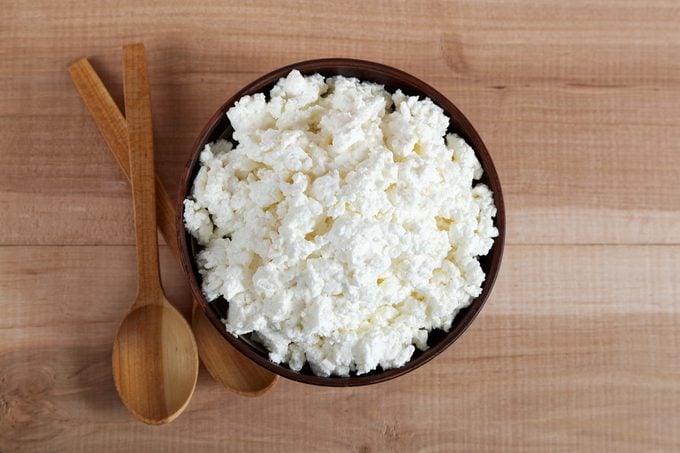Fiber Mistakes You Make That Bother Your Belly
Updated: Apr. 20, 2020
Is your daily fiber intake secretly sabotaging your digestion? Learn what kinds of fiber you should watch out for.
Our editors and experts handpick every product we feature. We may earn a commission from your purchases.
Ah, fiber. We don’t eat nearly enough of you, despite research that shows how important you are for our digestive, metabolic, and cardiovascular health. Most people fall way short of the recommended daily fiber intake of 21 to 26 grams a day for women and 30 to 38 grams a day for men. How short? A study published in 2017 in the American Journal of Lifestyle Medicine suggests that only 5 percent of us are getting enough fiber. But the more I learned about fiber while researching 21-Day Tummy, the more I realized how poorly most of us—even some doctors and nutritionists—understand it. Eating too much of certain kinds of fiber can actually upset your belly. It’s a problem my coauthor Kate Scarlata, RD, in Boston sees with her clients all the time. “People start eating high-fiber foods and wonder, Why does eating healthy hurt?” she says. Knowing how different types of fiber affect your belly can make a big difference in your quality of life. Here’s a primer.
If you have diarrhea, watch out for: Insoluble fiber

Prone to frequent or unpredictable bathroom breaks? This type of “speeding” fiber may be your worst enemy, says Tamara Duker Freuman, RD, a registered dietitian in New York and author of The Bloated Belly Whisperer. Found in such foods as whole wheat, wheat and corn bran, leafy vegetables, broccoli, and tomatoes, insoluble fiber helps trigger bowel movements. Freuman advises patients with diarrhea to eat more soluble fiber instead (see examples below), an adjustment she says they describe as life-changing.
If you’re constipated, watch out for: Soluble fiber

This fiber—abundant in foods such as oatmeal, beans, apples, strawberries, and blueberries—helps slow down digestion (the opposite of what insoluble fiber does). This makes it ideal for people with diarrhea—but less so for those who are constipated. People prone to constipation often do well with a mix of both insoluble and soluble fiber.
If you have gas and bloating, watch out for: Fructan and GOS fiber

These groups of fiber are like fast food for the bacteria in your large intestine. Bacteria break them down quickly, which can lead to uncomfortable gas and bloating. High-fructan foods include garlic, onions, watermelon, cashews, and pistachios; inulin, an additive in many processed foods, is also high in fructan. Foods high in GOS (short, for galactooligosaccharides) include beans. Keep in mind that these foods aren’t inherently unhealthy. But if your GI tract is sensitive to them, you may feel better if you cut back.
If you worry about eating enough fiber, watch out for: Fiber-fortified foods

If your doctor told you to eat more fiber, it might seem easy to just load up on the “functional” fiber added to many packaged goods. Everything from granola bars to cottage cheese can be enriched with processed fiber that, especially in large quantities, can make you gassy and bloated. (Look for words like inulin and chicory root extract on the list of ingredients.) Another issue: “The vast majority of scientific research supporting the health effects of fiber examined whole food sources,” says Freuman. “It’s far less clear whether added fiber offers all the same benefits as that from vegetables, fruits, beans, and whole grains.”
